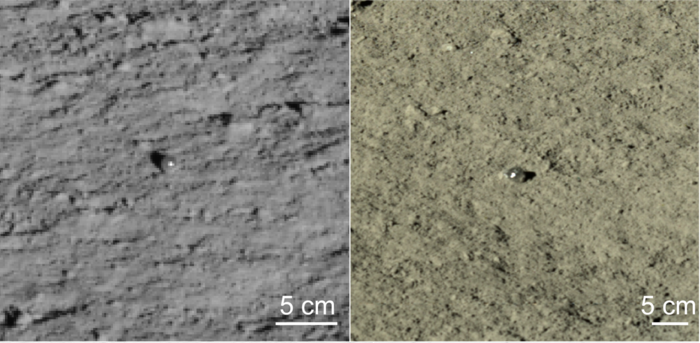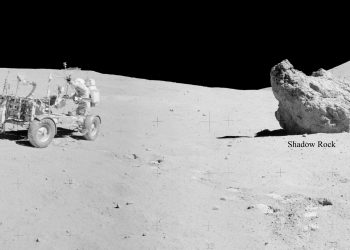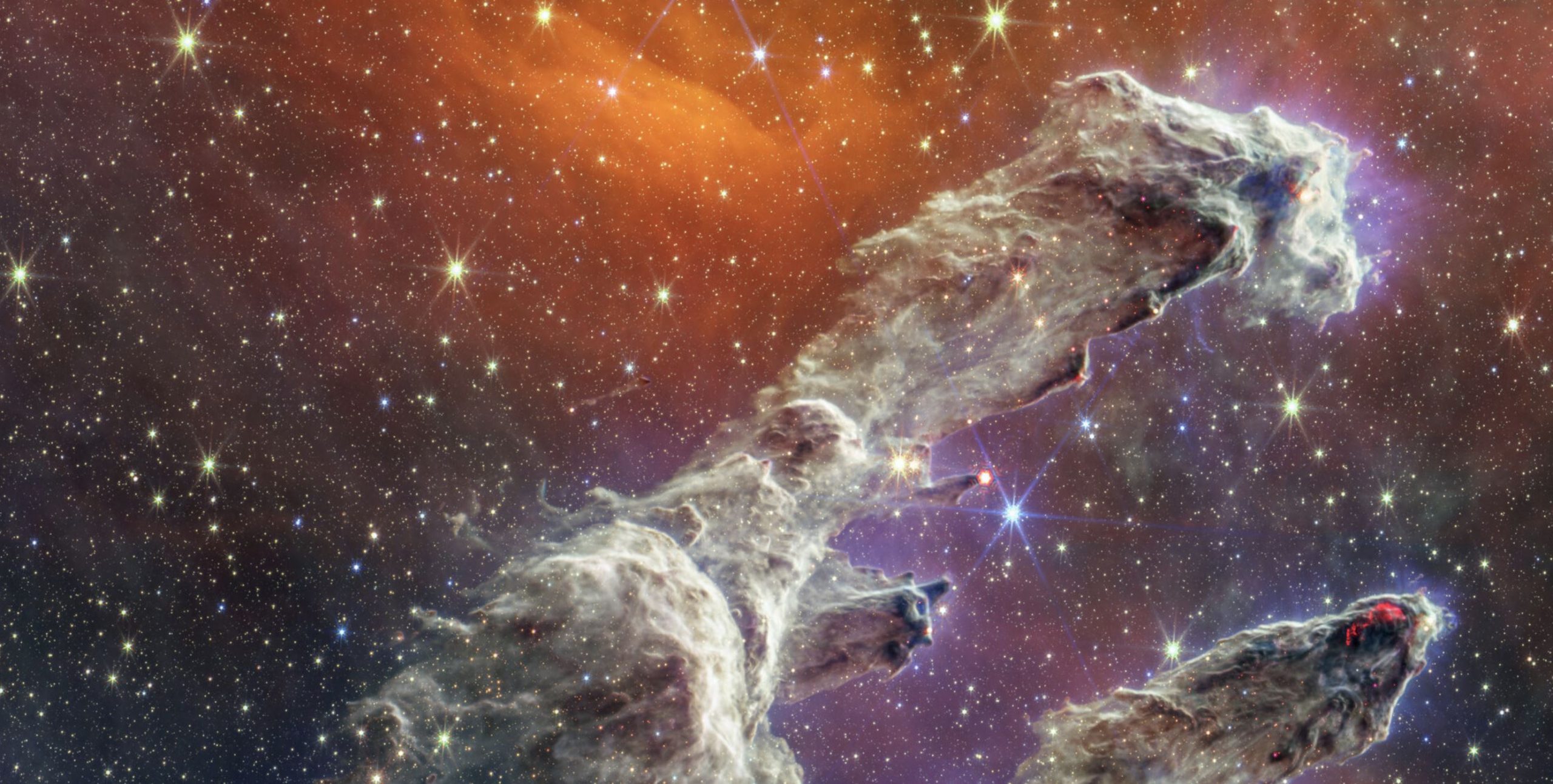Chang’e 4 mission overview
The automatic station Chang’e-4 made a soft landing on the far side of the moon on January 3, 2019, and landed on its surface the six-wheeled Yutu-2 lunar rover. Communication between the landing platform and the Earth is maintained using the Queqiao relay satellite, which is in a halo orbit around the Lagrange point L2 of the Earth-Moon system.
The tasks of the mission include photographing the surface of the Earth’s satellite, studying the composition of the soil, and testing the possibility of conducting radio astronomy observations – it is assumed that in the future it will be possible to install a radio telescope on the surface of the Moon for observations without interference from the Earth.
Yutu-2 discovered strange glass spheres on the far side of the Moon
The Chinese lunar rover Yutu-2 has made a new discovery on the far side of the moon. This time, the spacecraft’s panoramic camera captured two small solid spheres of translucent glass lying in the ground.
The Chinese Academy of Sciences has already analyzed the objects. According to scientists, such balls can store information about the composition of the Moon’s mantle and impact events.
The composition could not be studied, but it is likely that the spheres are made of glass – this material is often found on the Moon. It is formed when silicate is exposed to high temperatures. The glass is also a consequence of past volcanism and meteorite impacts.
At the same time, most of the previously found lunar glass looks different. Balls also occurred, however, they were less than a millimeter in diameter, and these – from 15 to 25 millimeters. Prior to this, only the Apollo 16 mission received large samples.
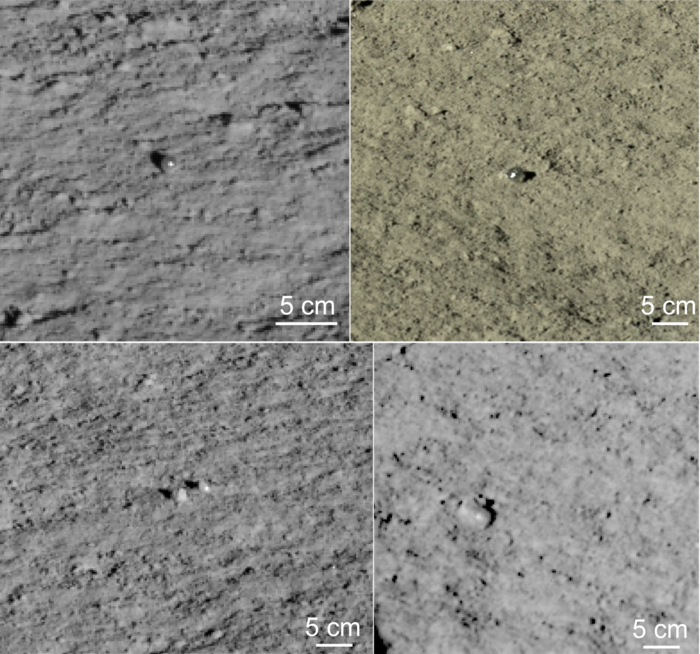
The new spheres appear translucent and have a glassy sheen. They were found near fresh craters, which supports the theory that they were formed during meteorite impacts. Scientists do not exclude the possibility that the spheres could have been “dug out” during the fall of cosmic bodies.
The most likely version of the origin, according to the scientific team, is that the balls were formed from volcanic glass, which, upon impact, melted and turned into a ball. The phenomenon has found an earthly analog – tektites. These are pebble-sized glass fragments that also melt, solidify in air, and form into a ball as they fall.
Chang’e 4 measured the level of radiation on the Moon
Nearly two years ago, scientists analyzed the data from the neutron and dosimetry experiment on the lander of the Chang’e-4 mission, which it collected in January-February 2019 ( only during the daylight hours of the lunar day due to low night temperatures), and for the first time in history presented data on the daily level of radiation on the surface of the moon.
The detectors registered particles arriving through a hole in the payload bay. The detector signals were used to calculate the linear energy transfer, i.e., the energy loss of ionizing radiation per unit path length.
According to the results of calculations, the average dose rate on the surface of the Moon was about 1369 microsieverts per day – for the same time onboard the ISS, the dose is approximately 731 microsieverts, and on Earth, the same indicator is about 200 times lower.
Yutu-2 discovered an atypical boulder
During the 26th lunar day, Yutu-2 discovered an unusual long boulder not far from it, which received the designation “milestone”, which aroused the interest of scientists. It had sharp edges and protrudes vertically upward from the regolith.
This, according to the researchers, speaks of its geological youth, otherwise, the processes of erosion and cosmic weathering acting on the Moon would destroy this fragment of rocks, which could break away from a larger object or is a fragmentary material thrown out during a meteorite fall.
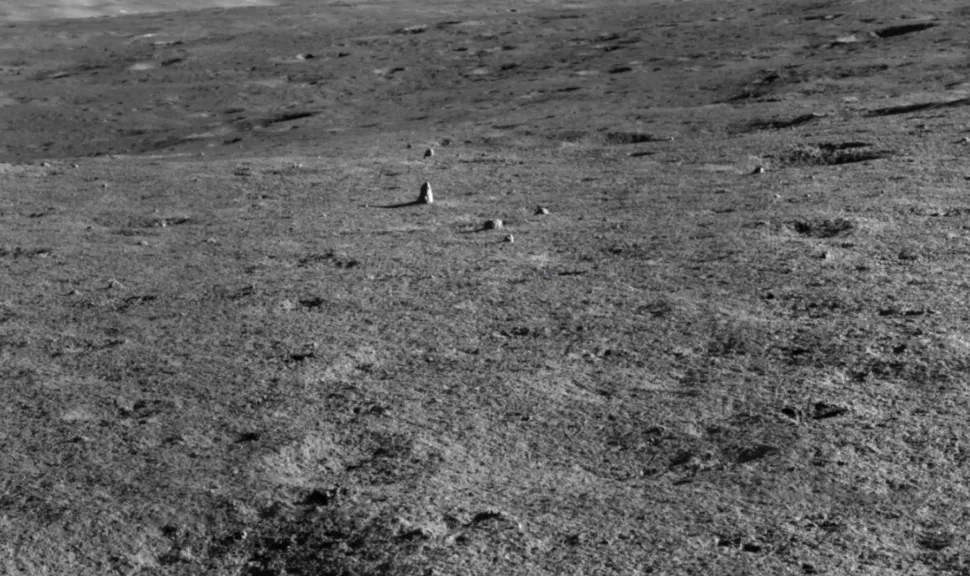
The night temperature on the far side of the Moon is lower
The night temperature on the surface of the far side of the Moon turned out to be below the minimum values recorded at night on the visible side.
It turned out that the temperature on the surface of the moon during this time dropped to -190 degrees Celsius. This is lower than the minimum temperatures recorded during the manned missions of the Apollo program on the visible side of the Moon.
Previously, it was believed that the temperature of the moon ranges from -173 degrees Celsius at night to +127 degrees Celsius during the day (at the subsolar point).
Yutu-2 helped scientists create a model of the subsurface layers of the Moon
For two lunar days (about 30 Earth days), the rover scanned the surface at a distance of about a hundred meters. To interpret the date, scientists used a method similar to computed tomography. They compiled a three-dimensional model of the underlying soil based on many images from different angles.
As a result, the researchers saw a layered structure, in which there is an approximately twelve-meter layer of fine porous rock on top, and several layers of boulders of various sizes lie below it. Based on the measured intensity of absorption of radio waves, scientists have determined that the lunar soil in this region is approximately ten percent composed of titanium and iron oxides. For clarity, the researchers built a diagram of the studied bowels, superimposing it on the rover route.
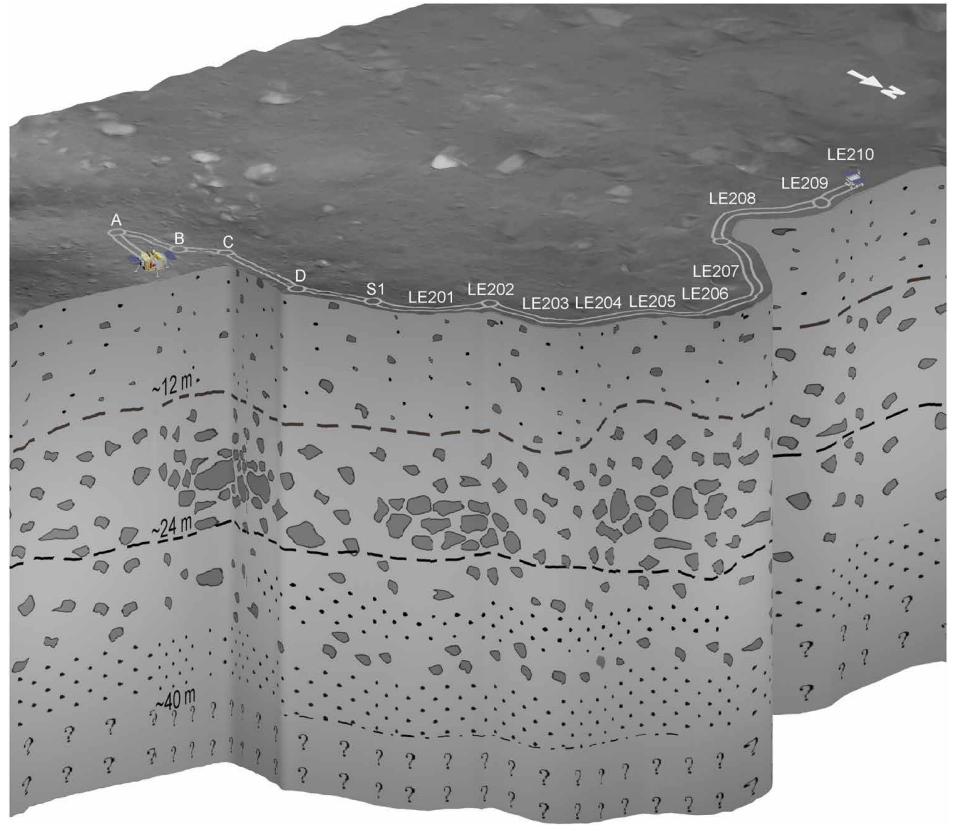
The observed pattern suggests that the geological structures in the Chang’e-4 landing area were formed as a result of large-scale rock ejections. According to scientists, large boulders were knocked out as a result of the fall of meteorites.
The boulders moved relative to each other, which is why the layer of large stones is so heterogeneous. The same process ground some of the stones to dust, which is why the layer of fine rock is so deep.
Join the discussion and participate in awesome giveaways in our mobile Telegram group. Join Curiosmos on Telegram Today. t.me/Curiosmos
Sources:
• EurekAlert! (n.d.). Translucent glass globules on the Moon.
• Jones, A. (2021, February 13). China’s Yutu 2 Rover finds ‘milestone’ on far side of the Moon. Space.com.
• Starr, M. (n.d.). Lunar Rover discovers mysterious glass spheres on the far side of the Moon. ScienceAlert.
• Tran, T. (2022, February 23). China says Rover discovered glass spheres on the Dark Side of the moon. Futurism.
• Turner, B. (2022, February 24). China rover spots strange glass spheres on far side of the Moon. LiveScience.
• Xiao, Z., Yan, P., Wu, B., Ding, C., Li, Y., Chang, Y., Xu, R., Wu, Y., Wang, Y., Ma, Y., & Cui, J. (2021, November 3). Translucent glass globules on the Moon. Science Bulletin.



